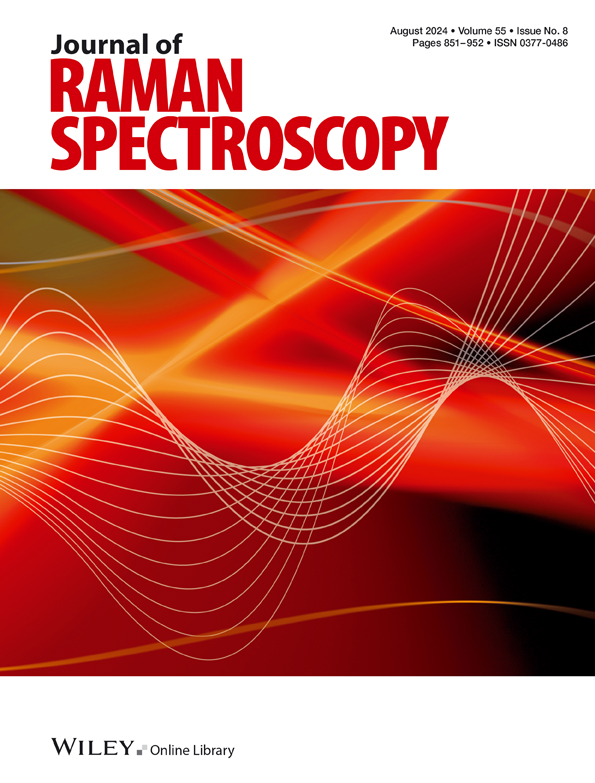Characterization of PuO2 With Visible and UV Raman Spectroscopy: Discrimination Between the Bulk, Surface, and an Intermediate Disordered Layer
Abstract
Raman spectroscopy is an ideal tool in the characterization of materials including PuO2. The wavelength-dependent absorptivity of the material defines the light penetration depth and the relative Raman scattering contribution from the bulk and the surface. The surface contribution to the total Raman scattering was investigated for PuO2 calcined at various temperatures and recorded with laser wavelengths of 355, 325, and 244 nm. These experiments provided the first glimpse of the wavelength-dependent disappearance and emergence of new phonons and electronic bands from the PuO2 surface layers. The first indication of the wavelength transition in the Raman spectra was the loss of the 2LO2 (overtone, ~1155 cm−1) band and the weakening intensity of the Г1 → Γ5 electronic band (~2135 cm−1) with the 355-nm excitation laser. The Γ5 electronic band was barely visible with the 244-nm excitation. The electronic band located at ~1050 cm−1, corresponding to the Г1 → Γ4 electronic transition was observed to dramatically increase in intensity while the Г1 → Γ3 electronic band (2640 cm−1) sharpened as the UV wavelength was increased in energy from the near- to deep-UV (355–325–244 nm). The FWHM of the T2g band was found to vary with calcination temperature (450°C and 900°C) with the 325-nm laser and the 244-nm laser. The T2g band attributes, the strong emergence of the Г1 → Γ4 electronic band, and the disappearance of the 2LO2 overtone acquired with the 244-nm excitation for the different calcination temperatures suggest a shallow penetration depth.


 求助内容:
求助内容: 应助结果提醒方式:
应助结果提醒方式:


